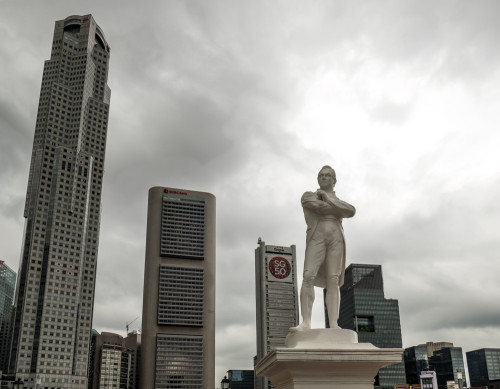
As it was our last day in Singapore, we wanted to explore one of the last item on our, must see list, Asian Civilisations Museum. Museum was located just across the Singapore river where we were staying. Seeing the sun raising behind the Asian Civilisations Museum each morning from the gallery, where we have our breakfast, used to remind us the visit.
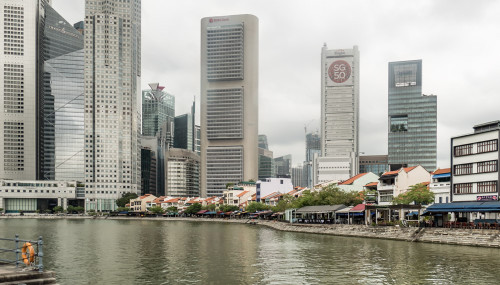
So after our usual breakfast at the open gallery, we walked across the south bridge towards parliament. The panorama of Boat Quay you see here is taken from the river front of the parliament. You can see the 5pointway.inn where we were staying and the balcony which provided the beautiful view of the Singapore River Front.

Further on the same road is the place where Singapore founder Stamford Raffles was believed to first set foot on the island in 1819. The statue is actually a copy of the original dark bronze statue, and was placed here in 1969 on the 150th anniversary of Singapore’s founding. It was nicknamed orang besi (“iron man” in Malay) when it was first unveiled. Today, the statue is a national icon and remains a symbol of modern Singapore.
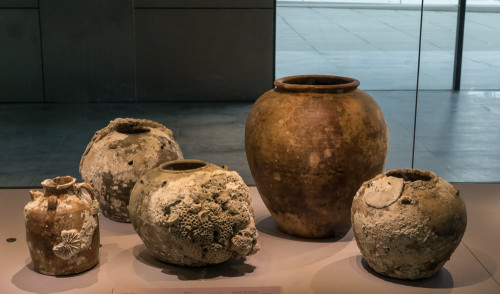
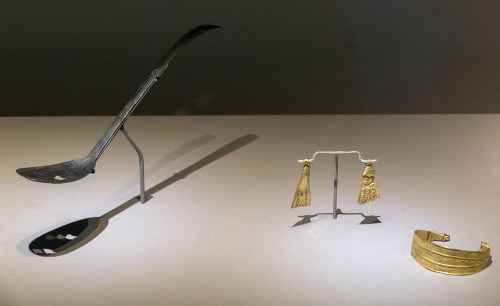
The Asian Civilisations Museum is located at the historic Empress Place Building, which is a National Monument. Built in 1864–65 as a city courthouse, it was subsequently used for government offices until the late 1980s. It is a prime example of the neoclassical architectural style used for civic and cultural buildings during Singapore’s British colonial period.


The Asian Civilisations Museum is devoted to preserving the cultural heritage of Asia, especially the ancestral cultures of Singaporeans. These include China, Southeast Asia, India, and the Islamic world. More recently, the museum has focused on the long historical connections between these cultures. The museum therefore explores art that blends different ideas, as a means of achieving understanding that encompasses different religions, languages, and creative forms.
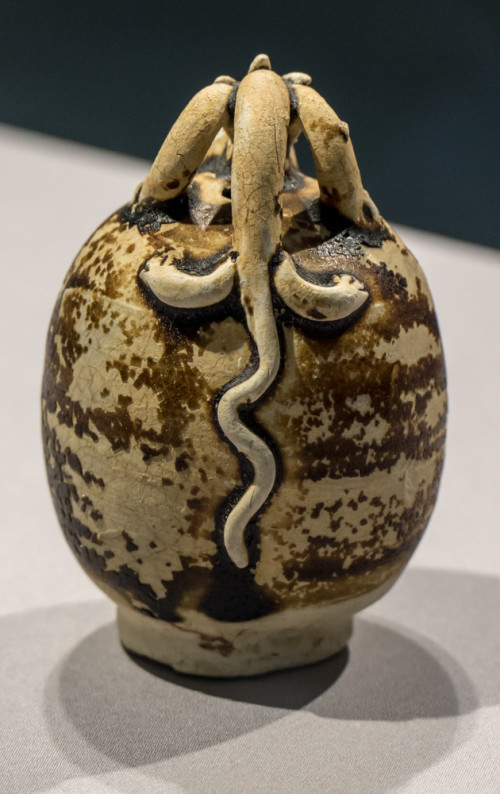

There were quite a few galleries highlighting Asian history. We started off with Tang Ship wreck gallery. The Tang Shipwreck Gallery is the famous 9th-century cargo recovered from the Java Sea southeast of Singapore. The gallery tells the story of exchange of goods, ideas, and culture in the region around Singapore more than 1,100 years ago. Discovered in 1998, the shipwreck has revolutionized the way we see the world in the 9th century. Impressive ceramics, along with gold and silver objects of great value and beauty, tell of the active trade between China, Southeast Asia, and the Islamic Middle East during the period.
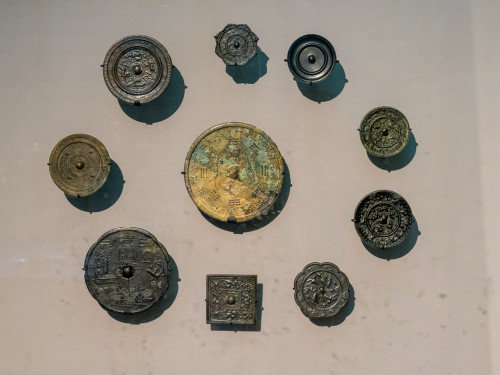
In 1998, a shipwreck was discovered off Belitung Island in the Java Sea. It contained a remarkable cargo of more than 60,000 ceramics produced in China during the Tang dynasty (618–907), as well as luxurious objects of gold and silver. Bound for Iran and Iraq, the ship provides early proof for strong commercial links between China, Southeast Asia, and the Middle East.

The Tang Shipwreck reveals that Singapore’s region lay at the heart of a global trading network in the 9th century. The success of Singapore as an exchange point of global shipping thus has ancient roots. The beautiful objects of exceptional rarity testify to the ingenuity of artists and merchants, and show that exotic objects have long been appreciated by the world’s consumers.
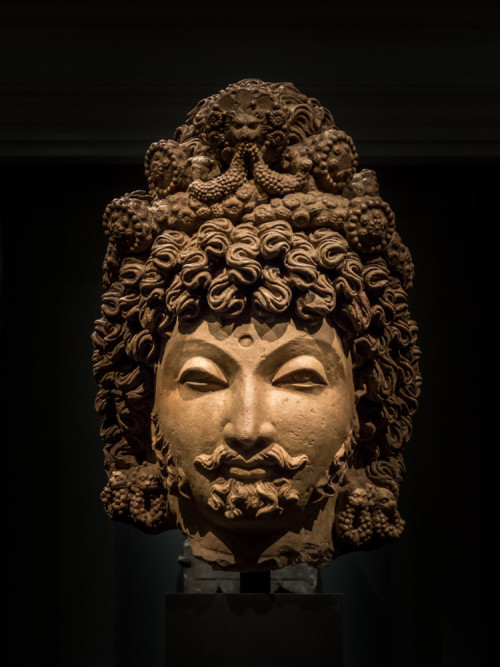
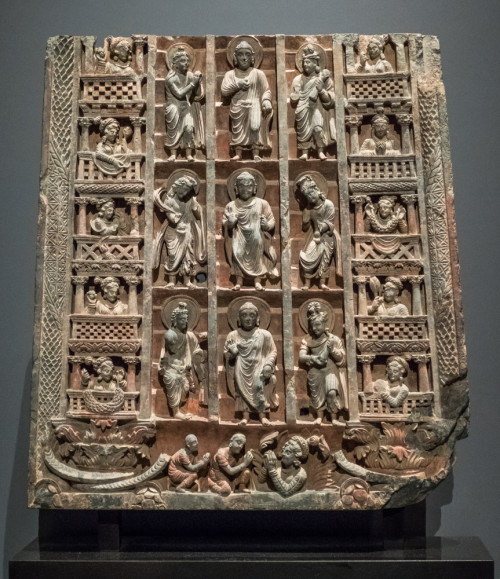
The Ancient Religions Gallery traces the development of the ancient Indian religions and their rapid spread though Asia. The art that gave expression to the ideas of Hinduism, Buddhism, and Jainism is presented. The shifting images of deities can be witnessed in the art of Gandhara, China, and Southeast Asia displayed here.
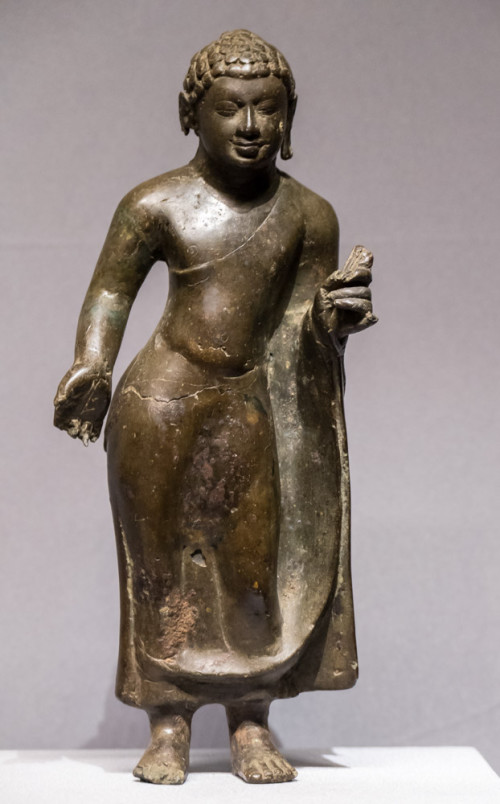
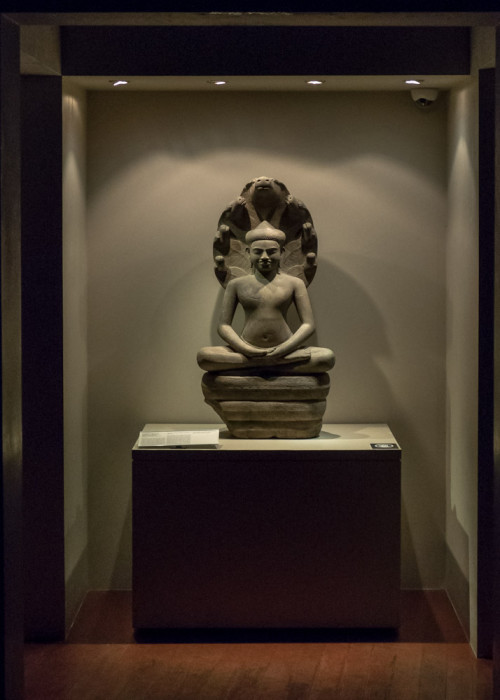
Next was Southeast Asia Gallery. The Southeast Asia galleries cover over 2,500 years of history, and cultures as diverse as the Hmong of northern Thailand and the classical Javanese of Indonesia. The main gallery begins with a collection of bronze and ceramic pieces dating back to 600 BC – evidence of trade and commerce in early Southeast Asia. A highlight is the magnificent Pejeng style drum. Made from bronze and cast in several sections, this drum is decorated with stylised flowers and saw teeth, as well as pairs of faces with bulging eyes between the drum’s handles. This piece is a testament to the technological achievements of early Southeast Asians.
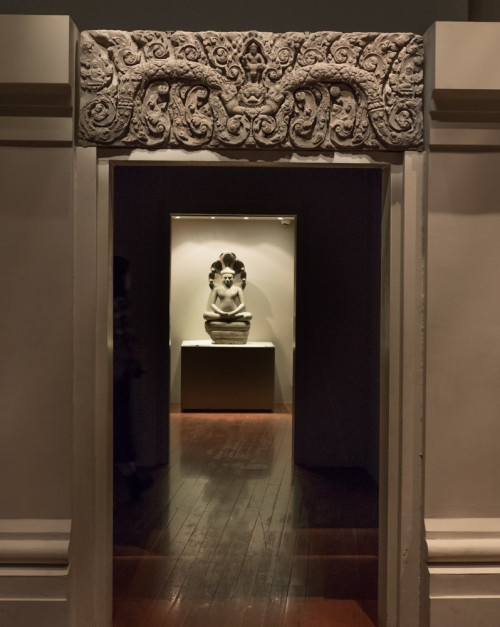
Southeast Asia was, and continues to be, a central point of world trade. Trade has brought not only commodities and technology, but also a multitude of new ideas and beliefs to the region. Imported religious beliefs such as Hinduism and Buddhism took root in Southeast Asia and existed alongside local animist beliefs. Later, Islam and more recently Christianity also entered Southeast Asia. To the left of the gallery entrance a symbolic stone entrance to a Cambodian Khmer temple stands in front of a projection of the sun playing across the soaring roof of a shrine. Below this you will find a collection of ritual objects associated with Southeast Asia’s Hindu-Buddhist kingdoms.
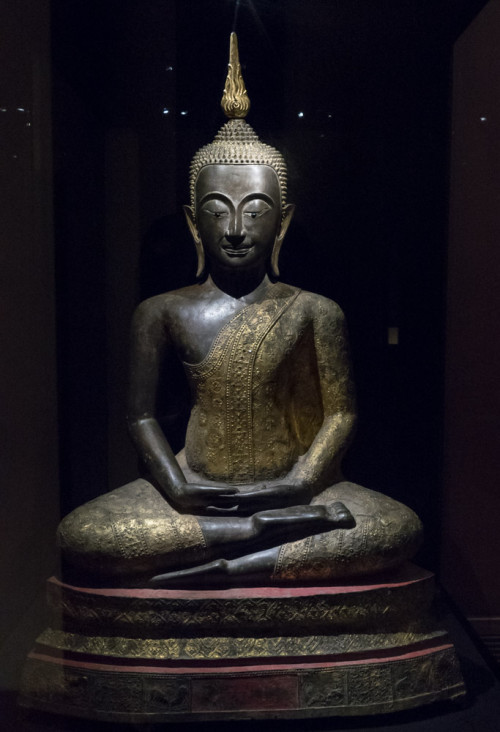
The region’s trading and agricultural rhythms have long been dictated by the monsoons. The importance of the rainy season, and the fertility it brings in the form of the rice crop are a connecting theme in the middle of the gallery. Beyond that, past the Javanese Kingdoms, there is the Malay world and the hill and island tribes. Wealthy centres of Islamic thought sprang up as a result of the trade in spices and exotic forest products, and many objects belonging to the world of the sultans can be found here.
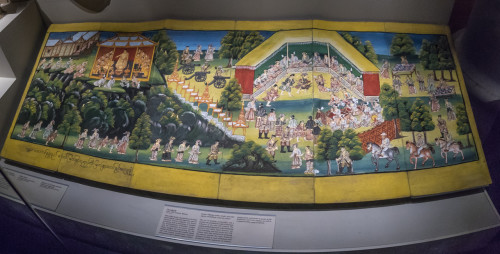
Many Southeast Asian tribes were isolated from the trade routes, and so their cultures were relatively untouched. The hornbill is revered as the chief of birds by the Dayaks of Borneo, and they believe that it can aid them in their battles against neighbouring tribes. Objects from the Batak, Nias, and other peoples are on display. Today, as the world shrinks, these Southeast Asian peoples are engaged in an ever more intense battle to preserve their culture and identity.

Ocean of Flowers by Li Hongbo art installation was spread across entire floor. Li Hongbo’s paper sculptures breathe fresh air into traditional Chinese arts and craft. Li transforms his medium, paper – one of the key inventions of Chinese civilisation – through deconstruction and reassembly.
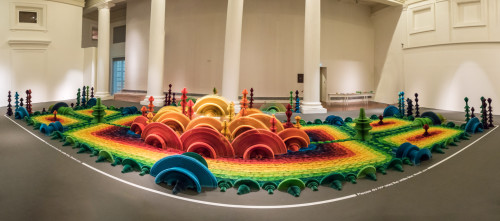
Ocean of Flowers presents a sprawling landscape made of thousands of brightly coloured flowers. When flattened, they are revealed as weapons, including bullets, handguns, and AK47’s. Offering a platform to reconsider current ideologies and to rethink the familiar, the work speaks of power, peace, destruction, and beauty.
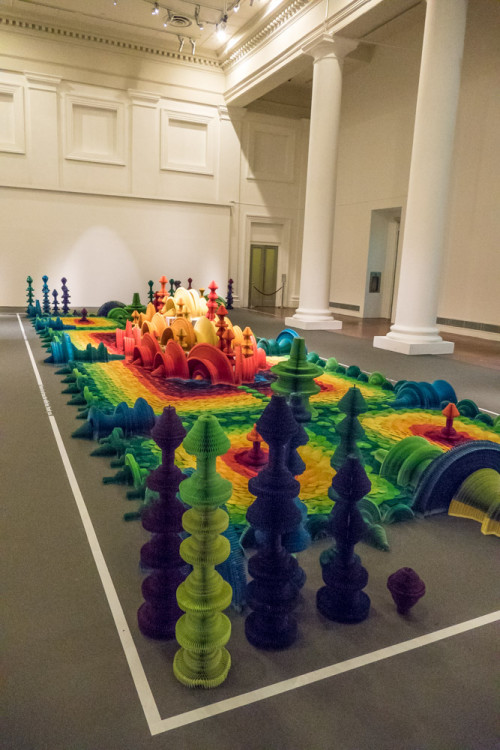
Li plays with the appearances and connotations of paper, a material that provides him an endless source of inspiration and interpretation. He glues thousands of sheets of paper to create a large block. He then carved this block as if he were sculpting wood to create a form that can be stretched like an accordion, transforming the material into something completely different and amazing.
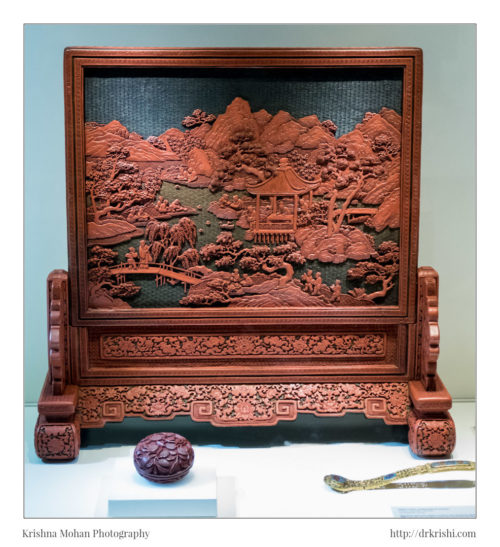
The Scholar in Chinese Culture Gallery was next gallery to visit. For centuries, the scholar represented an ideal in Chinese culture. Great respect was accorded individuals who could read classical texts, write and paint, and pursue academic studies. This gallery considers a range of themes, from the scholar-officials who ran the government, to merchants who aspired to become scholars, to overseas Chinese who adopted many of the attributes of scholars.
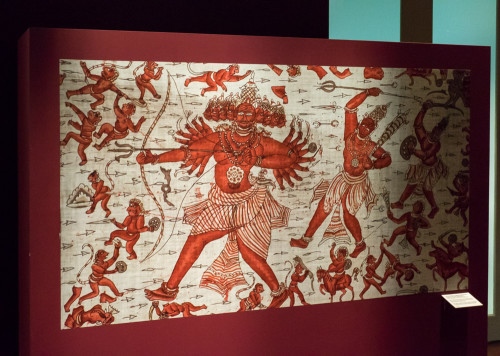
A selection of highlights and new acquisitions from ACM’s South Asian and Islamic art collections was on display in the Foyer on the second floor. In the subcontinent of South Asia – the region covered by Pakistan, India, and Bangladesh – several religions co-existed for centuries. This gallery provides visitors an opportunity to explore the arts of Hinduism, Jainism, and Islam within these geographical areas and beyond.
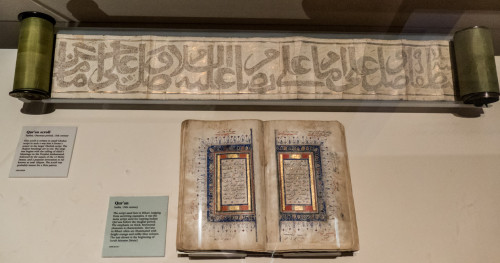
As we were coming out of this wonderful honeycomb of historical artifacts filling ourselves with new insights into south east Asian culture and history, rain gods were angry and were pouring out torrential rain on us. So we decided to have a quick brunch and went to their in-house cafe – Privé ACM. Privé at the Asian Civilisations Museum is a casual all-day dining concept offering both indoor and outdoor dining options with unbeatable views of the Singapore River.
Privé is perfect for a quick breakfast or lunch cafe in the same building as ACM. We wanted to try Kaya toast and kopi which is most quintessential breakfast in Singapore. Kopi is the Malay-Hokkien name for the smooth, thick, syrupy coffee made from sweetened condensed milk found all over Singapore, Malaysia, parts of Indonesia, and in Thailand where there are Thais of Chinese heritage. Kaya is a sweet almost custard-like spread concocted from coconut, sugar, eggs, and either pandan, when it’s greenish-yellow, or palm sugar, when it’s a brownish colour. Kaya is way too sweet for my taste and would be more palatable if the coconut was more pronounced.
Kaya toast is simply kaya spread over thick slabs of margarine or butter, sandwiched between two pieces of toast. Often twice toasted, it can be very dry and crispy (although I’m told this is how Singaporeans like it) and it tends to be cold by the time it arrives at the table. It’s thought that Hainanese immigrants, who often worked as cooks for the tea and toast-loving British during the colonial period, replaced European-style jams with their Southeast Asian equivalent, thereby inventing the breakfast dish. Here is how you relish it. Get Four slices of a soft brown bread which are toasted and sandwiched together with salted butter or cheese and a slathering of Kaya Jam. Have a hot cup of kopi to go along with that. Crack open the two perfectly soft boiled eggs into your dish and salt it up with a moderate squirt of soy sauce. Dip the toast into the eggs or kopi, or do like the locals do and slurp the eggs right from the dish.
This wonderful experience of authentic Kaya toast and kopi got us a good enough jolt. Depsite a slight dizzle we started walking towards our hostel to pack our bags and check out. On the way near Fullerton hotel I wanted to catch two brass sculptures which Ii was unable to capture during earlier walk. The First Generation Sculpture, installed on Singapore River near the Fullerton Hotel, is one of the most unusual sculptures in Singapore. It was created by local sculptor Chong Fat Cheong, in 2000.
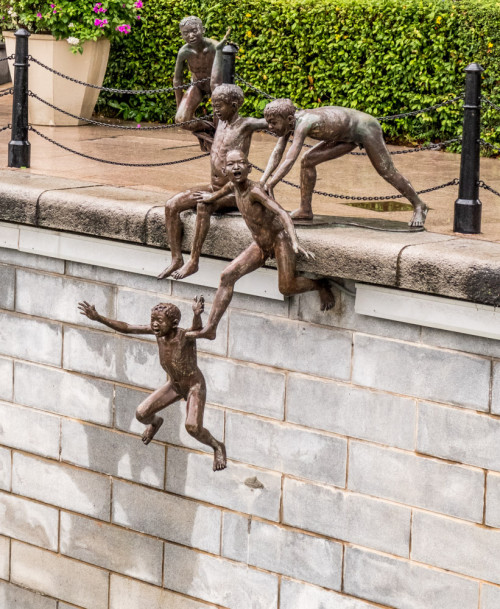
Extremely dynamic sculpture the First Generation is a group of five bronze boys who jump into the river. It is devoted to the first immigrants and the important role, which the Singapore River played in their lives. As Chong Fat Cheong mentions, it used to be a huge swimming pool for children who lived along the river in those times. Given no toys, it served as a source of simple enjoyment and interesting adventures for them. Initially the sculptor wanted to add one more figure to the sculptural complex – the sixth boy who would be located in the water and constantly move. However, this idea had to be declined because it would influence the water flow in the Singapore River.

This huge plump bird is the work of Colombian figurative artist Fernando Botero (born 1932) in 1990. It is sponsored by United Overseas Bank Limited (UOB) and stands by the side of the Singapore River. Botero displays his unique style in most of his works where the figurines are proportionally exaggerated and fat. The bird symbolises peace, serenity, joy of living and optimism, and with all these qualities, Singapore will continue to grow and prosper. In 1995, a bomb attack in Medellin, the artist’s hometown, killed 23 people and partially destroyed a similar sculpture. Botero instructed city officials to leave the mangled piece as it was as “a monument to stupidity” and placed another version, which he called the Bird of Peace. ??
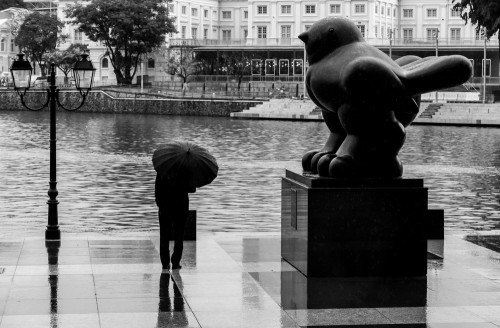
Dripping in drizzling rain we reached the hostel and checked out of it and took MRT to reach Chnagi Airport. After changing 3 trains we were at terminal 2 of Changi airport. We had to get refund of the GST from our purchases. Tiger air allowed us an early check in into the airport so that we could explore all the different terminals of Singapore airport, purchase what we want at duty free as well as check their indoor gardens. Transit area of Changi airport is huge. We had our evening snack at McDonald’s and headed towards butterfly garden inside the transit zone.
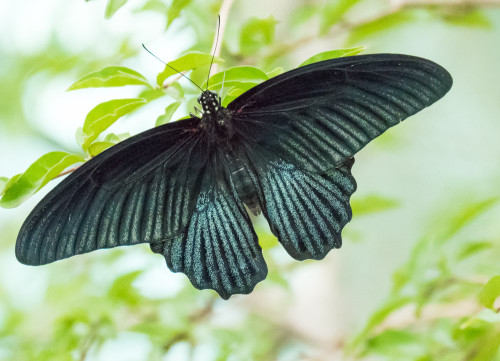
For fans of the flora and fauna like us, there are five gardens in Changi Airport – Cactus Garden at Terminal 1, Sunflower Garden, Fern Garden and Orchid Garden at Terminal 2 and Butterfly Garden at Terminal 3. Changi Airport’s Butterfly Garden is just as great as Sentosa’s Butterfly Garden and Insect Kingdom and the best thing is it is FREE! For the nature photography enthusiast, this is the best place to get up close shots of these butterflies especially at the feeding stations where dozens of butterflies gather to feed on the sweet pineapple slices and flowers.
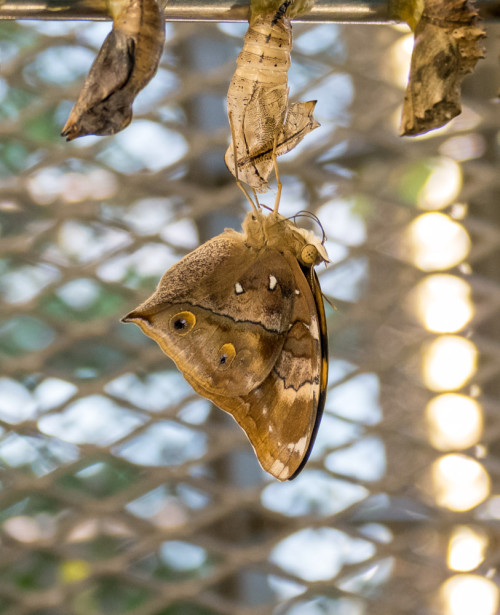
It is home to more than 1,000 free flying singapore butterflies, and close to 50 butterfly species native to Singapore and Malaysia were specifically selected to be bred in the butterfly garden.
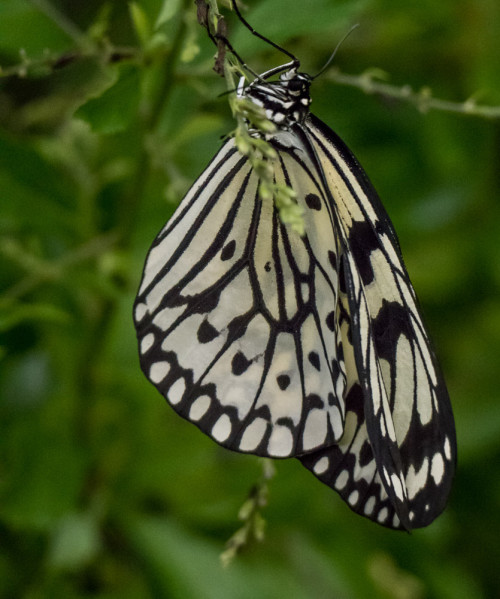
The two-storey open-air enclosed garden is protected by a curved-shaped roof made out of high quality stainless steel mesh and unique glass windows, facing Changi Airport’s large airfield. It was designed in this manner to keep the butterflies in, maintaining exchange of wind and natural air which is vital to the survival of butterflies while maximising the butterflies’ flight activity.
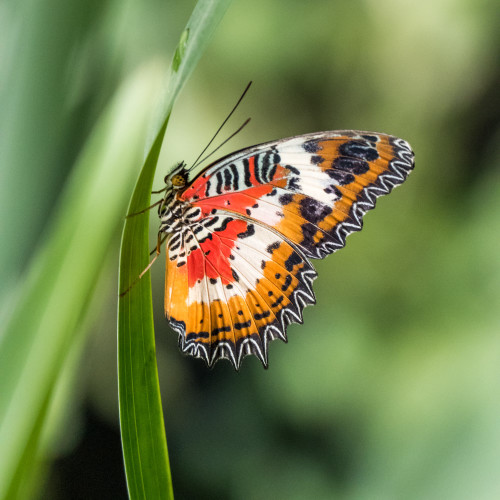
Visitors walking inside this enclosure can view and enjoy the beautiful scenery of a waterfall which keeps the garden cool even at noon, and traversing a garden on timber walkway, the feeling being close to nature with exotic jungle plants and an unimaginable sight of colourful butterflies. we were lucky, as we witnessed the birth of a gorgeous butterfly as it exits its pupae stage and takes its first flight at the Emergence Enclosure!
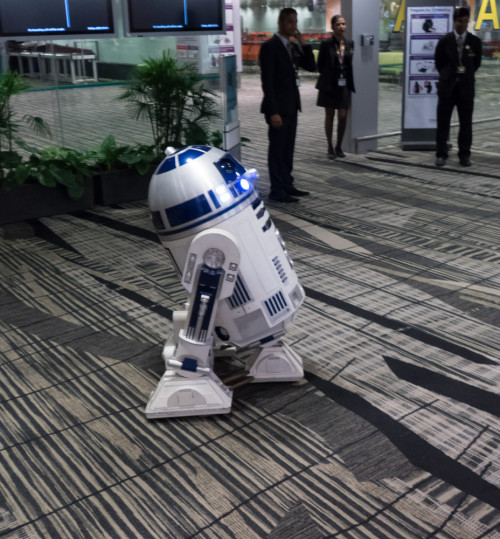
Soon it was nearing time for departure. We had a very nice dinner at the TipTop which was sort of a quick bite snack shop. Classic curry puff at Tip Top, made with a special family recipe since 1979,by Malay auntie was wonderful. There was Laksa, and a wide range of other local snacks and traditional delights which satiated our hunger.
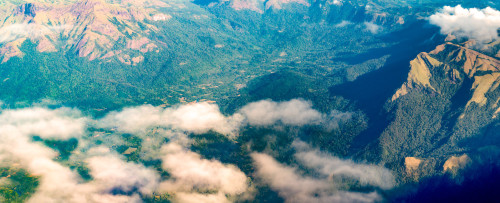
The flight was uneventful and we reached Kempegowda International Airportin the early morning. After enjoying morning coffee at Malgudi Tiffin Center (MTC). Located on the domestic side of the terminal, this restaurant has a feel of the refurbished house shown in RK Laxman’s ‘Malgudi days’. Then it was time for morning journey back to Mangalore.
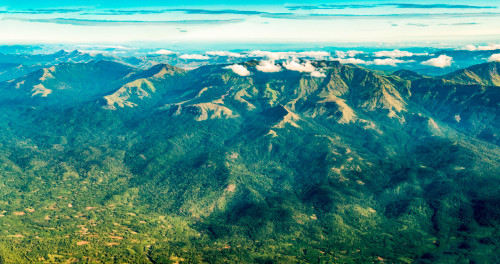
Spicejet flight was very pleasant. I was able to capture few good panorama of the western ghats as we were about to reach Mangalore. Last picture which was of Konaje Kallu (also known as donkey’s ears) near my home town Moodbidri.
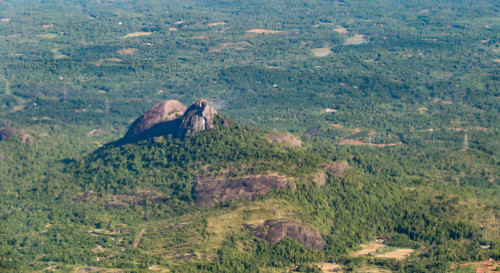
I hope this travelogue in six parts helped all my readers and would probably help you if you plan to visit Singapore on your own. You can check all the other parts Singapore travel blog here

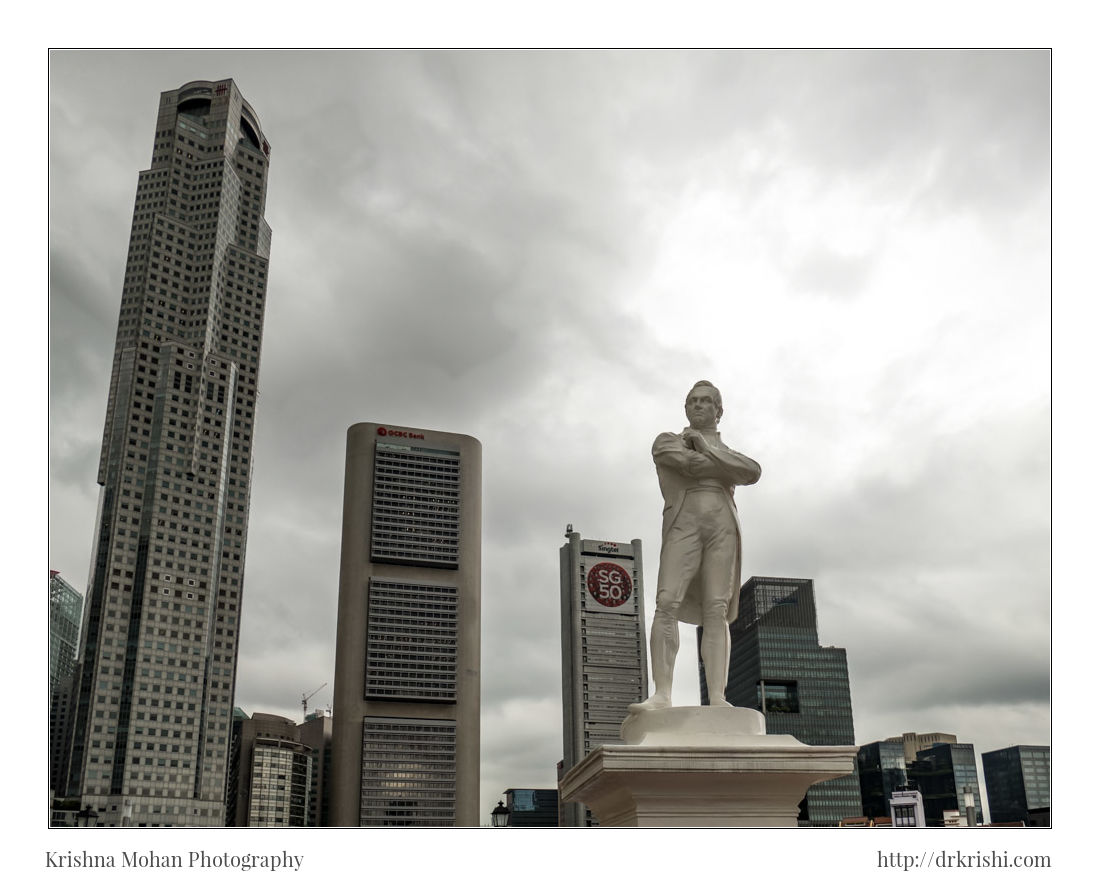
Lovely coverage all the way back home.